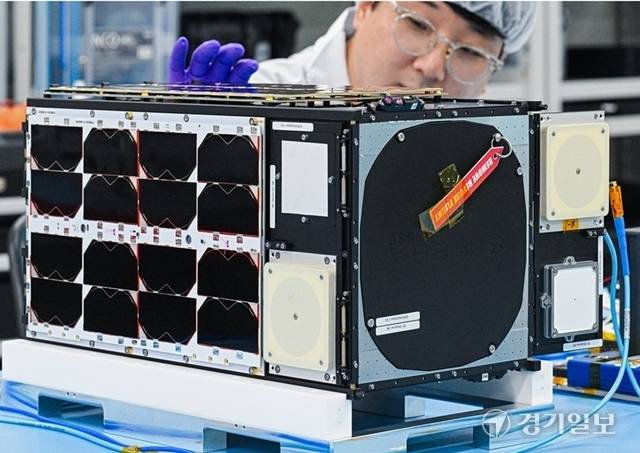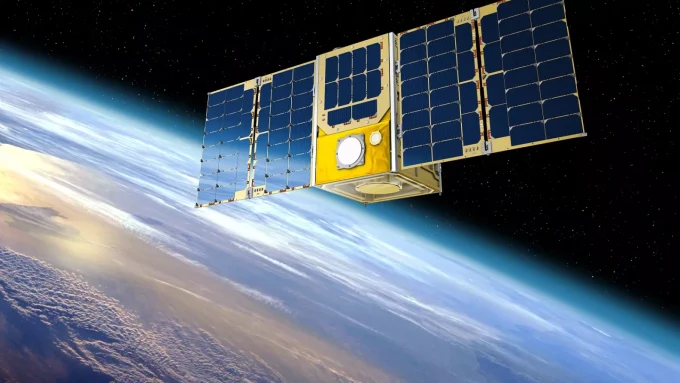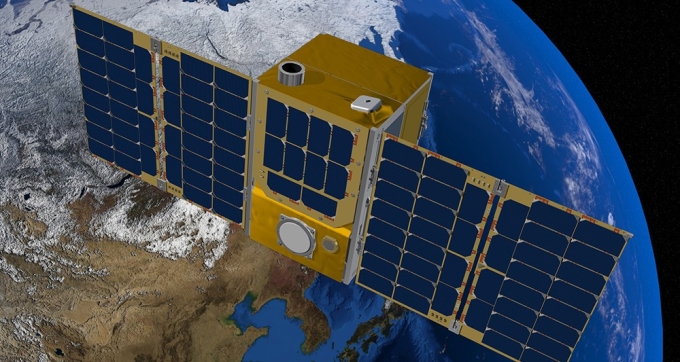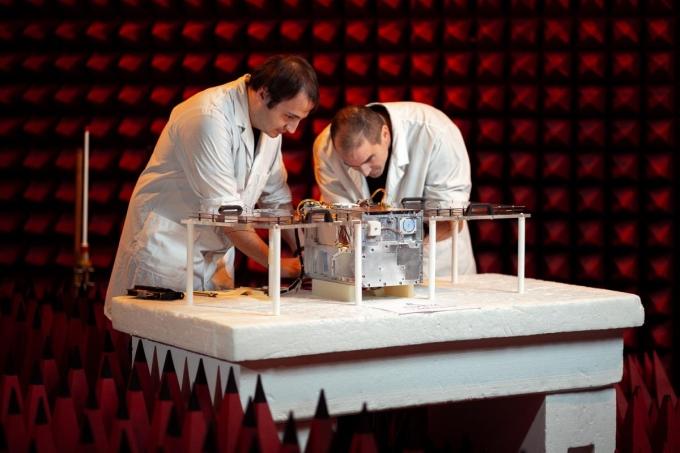Other news

What is Antenna Gain in Satellite Communications? (Explained simply)
Read more
Reflectarray Antennas for Small Satellites: From Concept to First Commercial Deployment
Read more
On December 18th, 2024, the CNES ANGELS (Argos Nanosatellite General EnviroNment for IoT and Localization) mission officially came to an end. Originally designed as a two-year mission, ANGELS exceeded expectations, operating successfully for five years. As France’s first industrial nanosatellite and a trailblazer in the field of miniaturized satellite systems, ANGELS served as a platform for advancing technological innovation.
This article explores ANGELS’ groundbreaking mission, technical specifications, and the vital contributions of Anywaves, particularly through their high-performance first-generation S-Band TT&C antenna.

© CNES, 2018
Launched on December 18th, 2019, aboard a Soyuz launcher from the Guiana Space Centre, ANGELS marked a significant milestone in the French space industry. Developed through a collaboration between CNES, Hemeria, and several French industrial partners, this 12U cubesat (measuring approximately 20 cm x 20 cm x 34 cm) served as a technological demonstrator for IoT and localization services.
ANGELS operated in a sun-synchronous orbit at an altitude of 515 km. This orbit ensured consistent illumination of the satellite’s solar panels while optimizing its data collection for Earth-based applications. The satellite’s compact design and reduced cost made it a precursor for future constellations aimed at providing global connectivity and environmental monitoring.
The mission’s initial two-year lifespan was extended multiple times, ultimately lasting five years. This longevity highlighted the robustness of the satellite’s systems and the effectiveness of its design.
ANGELS was designed as a 12U cubesat, leveraging a modular structure to house its payload and subsystems efficiently. Key features included:

Argos Neo, the payload of ANGELS, represented a generational shift in satellite instrumentation. Developed by Thales Alenia Space and Syrlinks, Argos Neo was 10 times lighter and consumed three times less power than its predecessors. By using commercial off-the-shelf components instead of space-specific technologies, the instrument significantly reduced development costs and timelines.
The Argos Neo instrument excelled in collecting and localizing data transmitted from beacons deployed across Earth. This capability was instrumental in tracking wildlife migration, supporting maritime safety, and monitoring environmental changes.
Thanks to its exceptional reliability, ANGELS became an operational component of the Argos satellite system. By processing and relaying data with high precision, ANGELS supported critical activities such as safeguarding maritime races and observing turtle migrations. The satellite’s contributions set the stage for the Kinéis constellation, which will deploy 25 nanosatellites equipped with similar technology by early 2025.

© CNES/LE BRAS Gwenewan, 2018
ANGELS employed an advanced S-Band communication system, designed and delivered by Anywaves, enabling:
The Anywaves S-Band TT&C antenna, specifically developed for this mission, played a crucial role. Its precision-engineered design ensured robust and reliable performance, allowing ANGELS to achieve seamless connectivity throughout its mission.
The ANGELS mission holds special significance for Anywaves, as the company is a spin-off from CNES. Nicolas Capet, Anywaves’ CEO and founder, worked as an antenna expert engineer at CNES for six years before founding the company. Anywaves was incubated by the European Space Agency (ESA), and ANGELS was one of the first missions to feature Anywaves’ S-Band TT&C antenna, alongside the EyeSat mission. These two projects marked the debut of Anywaves in space and provided the company with invaluable flight heritage.
ANGELS represents more than a technological achievement; it symbolizes the collaborative relationship between Anywaves and CNES. The mission embodies French expertise and dedication to nanosatellite innovation. As the first deployment of Anywaves’ antenna in orbit, ANGELS stands as a cornerstone in the company’s history, showcasing the seamless integration of cutting-edge technology and meticulous engineering. The success of this mission highlights the strength of partnerships within the French and European space sectors, demonstrating the potential of nanosatellites to achieve ambitious goals.
As ANGELS’ mission concluded on December 18th, 2024, it marked the successful completion of a pioneering nanosatellite program. Initially planned for two years, the satellite far exceeded expectations by operating for five years, showcasing the durability and reliability of its systems.
During its operational period, ANGELS contributed to the Argos satellite system by collecting environmental data, improving global monitoring, and validating cutting-edge technologies. The satellite’s end of life was carefully managed to minimize space debris, reflecting CNES’ commitment to sustainable space practices and adherence to the updated 2024 Space Operations Law. This law mandates deorbiting satellites within three times their mission duration or a maximum of 25 years.
The conclusion of the ANGELS mission not only closes a significant chapter in the French space industry but also highlights the profound impact of collaborative innovation. Exceeding its planned two-year operational period, ANGELS successfully operated for five years, validating advanced technologies and demonstrating the viability of nanosatellites for critical applications such as IoT and environmental monitoring.
The mission underscores the immense potential of miniaturized systems, setting benchmarks for cost-effective, reliable, and versatile satellite solutions. Anywaves’ pivotal role, particularly through its high-performance S-Band TT&C antenna, exemplifies how French expertise and dedication can drive global advancements in space technology. For Anywaves, ANGELS symbolizes not just a technical achievement but also a defining milestone in its journey from a CNES spin-off to a leader in nanosatellite antenna design.
As the ANGELS mission transitions to history, its legacy persists through the Kinéis constellation and other future nanosatellite endeavors, which will build upon the innovations and methodologies pioneered by ANGELS. This mission represents a paradigm shift, proving that ambitious goals can be achieved through innovative engineering, streamlined processes, and strong partnerships. ANGELS leaves behind a foundation for a new era of nanosatellites, enabling greater connectivity, environmental stewardship, and exploration in space.



If you have any question, we would be happy to help you out.